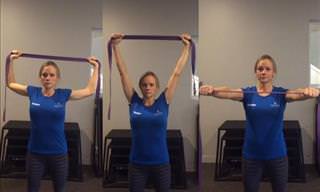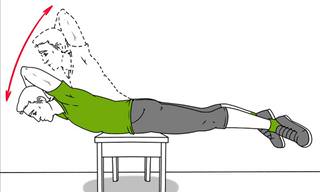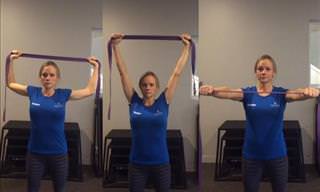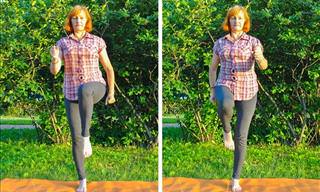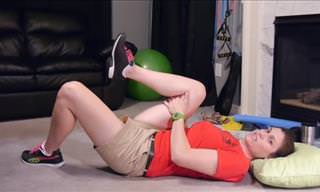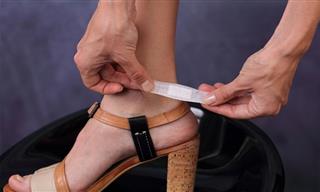It’s hard to find someone in today's world who hasn’t experienced some sort of back pain during their lifetime. In fact, an astounding 80% of all adults suffer from back pain at some point in their lives. While there are copious amounts of information available on the internet with regards to what causes back pain, how to remedy it and how to prevent it, the most important thing to know is what kind of bias you have.
A bias in this context refers to a tendency to keep one's back in a certain position due to that position offering comfort or pain relief. There are three different types of bias, namely flexion, extension and non-weight-bearing. This guide will help you determine how to identify which bias you have, as well as give you methods of rectifying it through simple stretching and exercises:
1. Flexion Bias
If you tend to bend forward because it makes your back feel better and relieves the symptoms, then you have a flexion bias. This is common in people with spinal stenosis, which is the narrowing of spaces in the spine that, in turn, create pressure on the spinal cord and nerves. In this instance, pressure is taken off of the nerves when leaning forward. This is because the spaces that have narrowed due to the stenosis open up again, thus relieving pain. Leaning forward can also relieve the symptoms of spondylosis, which is spinal degeneration (note that the term can also be used to refer to osteoarthritis of the spine), and spondylolisthesis, a condition that arises when a vertebra in your back slides forward over the vertebra beneath it. The common thread between all these spinal conditions is that leaning forward offers pain relief, while leaning backward will likely increase the symptoms.
The video below demonstrates stretches to help with a flexion bias. Not only will they loosen up your back muscles, but they’ll also help open up the spaces in your spine to take pressure off the nerves:
2. Extension Bias
If you feel relief when you bend backwards, you have an extension bias. For someone who has an extension bias, a herniated disk is the most common injury. The vertebrae in the spine have disks sandwiched in between them. They are soft, spongy and prevent your spine from damage. If one of these disks sustains damage, it can bulge or even break open, thus becoming herniated. Those who have extension bias feel pain relief when bending backwards, because doing so helps push the disk back into place. This is because a herniated disk is very likely to be placing pressure on spinal nerves, causing pain. Bending forward, or going into flexion bias, will increase the symptoms in this instance, whereas going into extension bias will relieve them.
This video below demonstrates stretches to help with an extension bias. Not only will they loosen up your back muscles, but they’ll also help push the disk back into place to relieve the pain:
3. Non-Weight-Bearing Bias
This kind of bias isn't usually related to a specific spinal problem. Pain is usually experienced when standing up - it can be thought of as gravity having a negative influence on the spine, thus causing pain. The best way of relieving pain in this instance is to assume a horizontal position, such as by lying down or floating unweighted in a pool. There are also numerous core-strengthening exercises that you can do to assist with this further.
The video below demonstrates exercises to help strengthen your core and ways to perform traction at home:
Hopefully your back pain makes a little more sense now, but you should always consult a medical doctor or physical therapist to help you find the right stretches and exercises that will help with your specific diagnosis.
Content and Video Source: Ask Doctor Jo
 Go to BabaMail
Go to BabaMail



